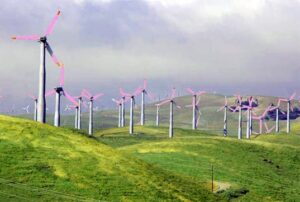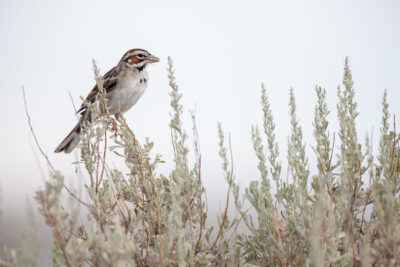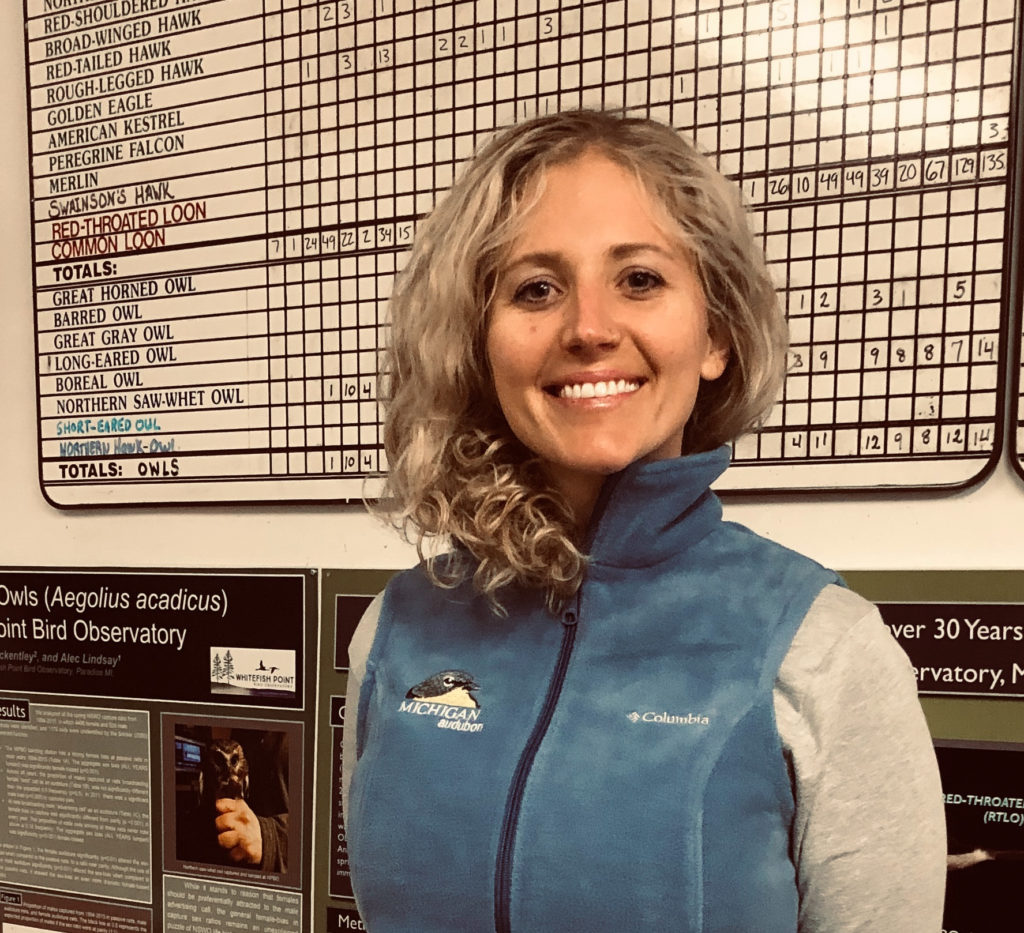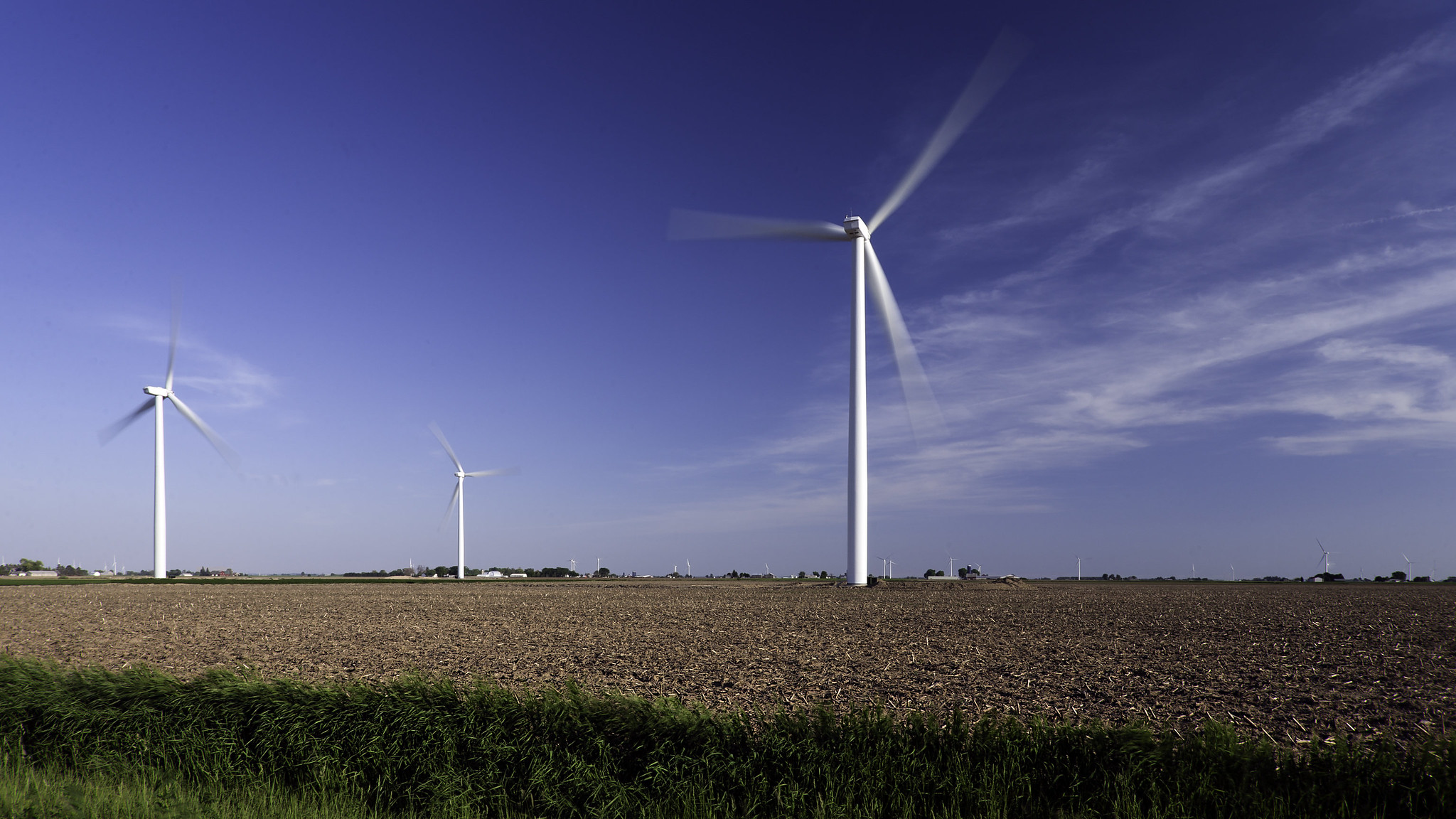Over the course of this year, our member magazine has explored wind energy developments over the last decade in Michigan. From lessons of projects past to new technologies to the politics of alternative energy and the impact on birds and people, these articles still but skim the surface of this broad, ever-expanding topic. We invite you to stay tuned to michiganaudubon.org/blog for follow-up posts on this topic and its many angles as we continue to advocate for best siting and mandate practices for developers.
Local Advocacy
Michigan Audubon’s focus on facets of wind energy developments has been largely about raising awareness in building more bird-friendly communities and for our chapters and individual residents of Michigan who want to be more informed and proactive.
If you are a chapter of Michigan Audubon and there is a proposed wind or other alternative energy project in your community, we can consult with you on how best to represent and protect birds with legislators and with developers themselves. Write to us at birds@michiganaudubon.org.
In striving for better standards and mandates at the state level, we hope to ensure that birds, bats, bees, and other wildlife and pollinators are a part of the siting and regulatory process. We also want to keep you — people who are invested in the well-being of birds and our greenspaces throughout the lower and upper peninsulas — updated and informed on how you can help.

Painting turbine blades can lower risks to wildlife. Image by CleanTechnica
It’s no secret that wind power is surging right now, and we’re also seeing data and research related to its sustainability expand. Some data suggests, for example, that birds may not be very good at seeing obstructions while they’re flying, and adding visual cues like differently colored fan blades can increase birds’ chances of spotting a rapidly rotating fan.
With increased knowledge, inclusivity, public input, and collaboration, we are hopeful that these new technologies can adapt with agencies and developers to better minimize threats to wildlife and habitats.
“To greater or lesser degrees, all wind developers in Michigan want to reduce wildlife risks, no question,” said Scott Hicks of the U.S. Fish and Wildlife Service.
The challenge is that they are balancing so many other things, like wind resources, proximity to transmission, willing landowners, property line setbacks, and so on. With so many factors to consider, the unfortunate reality is that wildlife concerns fall to the wayside or into a category of “we’ll try our best” in terms of siting efforts. “Some states have siting regulations that reflect wildlife considerations,” said Hicks. “We don’t in Michigan, so when push comes to shove, a wind developer might prioritize other considerations (reduce impacts to tillable land) over, say siting to reduce wildlife risk.”
Michigan Audubon’s vision is to play a key role in advancing wind energy planning in Michigan (e.g., working directly with utilities or others to try to move the needle on what is done for wildlife in wind energy planning/operation for both birds and bats).
Wind Energy Advocacy: What We’d Like To See
- Adoption of bird-smart principles for developers that are incorporated into the permitting process in our state.
- Movement by the wind industry toward bird- and bat-friendly bladeless, enclosed-blade, or painted-blade technologies to replace the current bladed turbines.
- Collaborative, regional studies conducted that identify areas where wind energy should not be developed in Michigan due to its potential impacts on protected birds, wildlife, and habitats.
- Pre-construction risk assessments and post-construction monitoring of bird and bat fatalities conducted by independent, third-party experts using standardized methods, followed by the sharing of these results in a manner that is transparent, open to the public, and transmitted directly to regulatory agencies.
- Testing the efficacy of various mitigation techniques and collaborative work with Gov. Whitmer’s task force to develop best practices and exemplary state mandates.
- Greater efforts for collaborative, on-the-ground conservation efforts for areas of particular interest (high winds) to developers (i.e., the Upper Peninsula, central-northern Lower Peninsula, and the Thumb of Michigan).
- On-the-ground conservation. Developing open areas where there are high winds puts migratory birds at direct risk.
- Continued, focused research studies.
Evaluating Individual Wind Projects in Michigan
- Proximity to areas that are important to birds — Is the project within or near an Important Bird Area or critical foraging habitat?
- Habitat loss — Will the project result in direct loss of habitat (or indirect loss through bird avoidance), either for breeding, migration, or wintering? Is there a plan in place to mitigate those losses?
- Migratory pathways — Is the project within a known migratory pathway or area commonly used by birds to enter or exit critical habitat?
- Rigor of data collection and analysis — Does the project make thorough use of existing data? Does the project have a plan for pre- and post-construction study and monitoring? Does it conform to widely used methods and best practices, including the USFWS land-based wind energy guidelines?
- Cumulative impacts — What are the suspected cumulative impacts of this project on bird populations, habitat availability, connectivity, etc., when other nearby projects are also considered?
Wind Development Suggested Guidelines
- Guidelines should provide developers, permitting agencies, and conservation groups with the legal, technical, and practical steps needed to minimize impacts on birds and other wildlife. Additionally, we recommend the following guidelines for developers in Michigan:
- Minimum pre-permitting study requirements and guidance on study methods, frequency, and acceptable data sources to ensure that wind power is sited in appropriate locations.
- Clearly delineated siting criteria that designate areas where wind power should not be allowed, such as Important Bird Areas, major migratory corridors, wilderness areas, national parks, wildlife refuges, and other sensitive habitats such as wetlands and riparian corridors.
- Clearly defined monitoring and mitigation requirements in permits, with periodic reviews and requirements for adaptive management if impacts significantly exceed levels allowed by permit.
- Guidance on cumulative population impacts assessment and mitigation.
- Consultations with wildlife experts, including Michigan Audubon staff and local chapters, to help inform study and siting decisions.
Take It From the Meadowlark: Don’t Fragment Habitats!

Lark Sparrow. Photo by Camilla Cerea
Michigan’s grasslands support a variety of native birds. These rich, disappearing habitats used to be our state’s wet meadows and prairies. Today, we have fewer than just a few thousand acres of grasslands to support grassland bird populations.
Grassland birds in North America have declined more than any other group of birds. This decline is due to fragmentation and loss of habitat. Habitat fragmentation occurs when large blocks of habitat are broken up by human development, such as roads, trails, powerlines, homes, farms, and other disturbances. In Michigan, two species that have been extirpated due to these impacts are the Greater Prairie-Chicken and Lark Sparrow.
~ by Heather Good, Michigan Audubon executive director
Featured photo: A Michigan wind farm near Sebewaing, Mich. Photo by George Thomas | Flickr CC
References
Burrows, L. 2018. The down side to wind power. The Harvard Gazette. Cambridge, Massachusetts. Available: https://news.harvard.edu/gazette/story/2018/10/large-scale-wind-power-has-its-down-side/. (Oct. 2021)
Cohen, A. 2020. Goldman Sachs: Renewable Power Will Become The Largest Area Of Spending In The Energy Industry In 2021. Forbes. Jersey City, New Jersey. Available: https://www.forbes.com/sites/arielcohen/2020/11/17/goldman-sachs-renewable-power-will-become-the-largest-area-of-spending-in-the-energy-industry-in-2021/?sh=571f468763eb. (Oct. 2021)
IPCC (Intergovernmental Panel on Climate Change). 2013. Summary for Policymakers in Stocker, T.F., D. Qin, G.-K. Plattner, M. Tignor, S.K. Allen, J. Boschung, A. Nauels, Y. Xia, V. Bex, and P.M. Midgley, editors. Cambridge University Press, United Kingdom and New York, USA. Available: http://www.climatechange2013.org/images/report/WG1AR5_SPM_FINAL.pdf. (Oct. 2021)
Lillian, B. 2017. Move Over, Hydro: Wind Is Now The U.S.’ Biggest Renewable Energy Source. North American Wind Power. Honolulu, Hawaii. Available: https://nawindpower.com/move-over-hydro-wind-takes-top-spot-for-u-s-renewables-capacity. (Oct. 2021)
Office of Energy Efficiency & Renewable Energy. 2017. Why Corporations are Buying into U.S. Wind Power. Department of Energy. Washington, D.C. Available: https://www.energy.gov/eere/articles/why-corporations-are-buying-us-wind-power. (Oct. 2021)
U.S. Energy Information Administration. 2021. Washington, D.C. Available: https://www.eia.gov/. (Oct. 2021)
USGCRP (U.S. Global Change Research Program). 2017. Climate Science Special Report: Fourth National Climate Assessment, Volume I. Available: https://science2017.globalchange.gov/. (Oct. 2021)
Whitmer, G. 2020. Executive Directive 2020-10. State of Michigan. Lansing. Available: https://www.michigan.gov/whitmer/0,9309,7-387-90499_90704-540278–,00.html. (Oct. 2021)

Heather Good has been the executive director of Michigan Audubon since 2016 and focused on environmental policy in her Environmental Studies education at Western Michigan University. She works with Michigan Audubon’s chapters, local groups, legislators, and individual volunteers to advocate for the conservation and best practices and policies for birds and their habitats in the state of Michigan.
This article appeared in the 2021 Fall Jack Pine Warbler.
In each issue of the Jack Pine Warbler this year, we featured a piece connected to alternative energy in Michigan, community science and advocacy, and outreach that can help us protect our peninsulas for birds and people alike.
Read the previous articles Meeting the Demands for Alternative Energy and Its Impact on Michigan Birds, Wind Energy and Birds in Michigan: The Montcalm Wind Project, and The Garden Wind Farm: A Conversation With Joe Kaplan for the full series.

